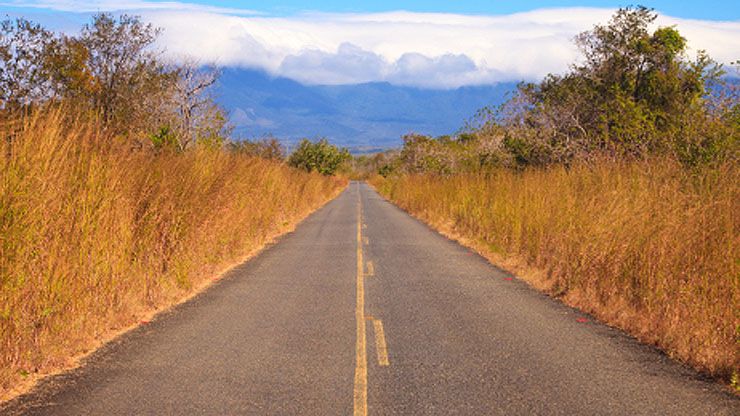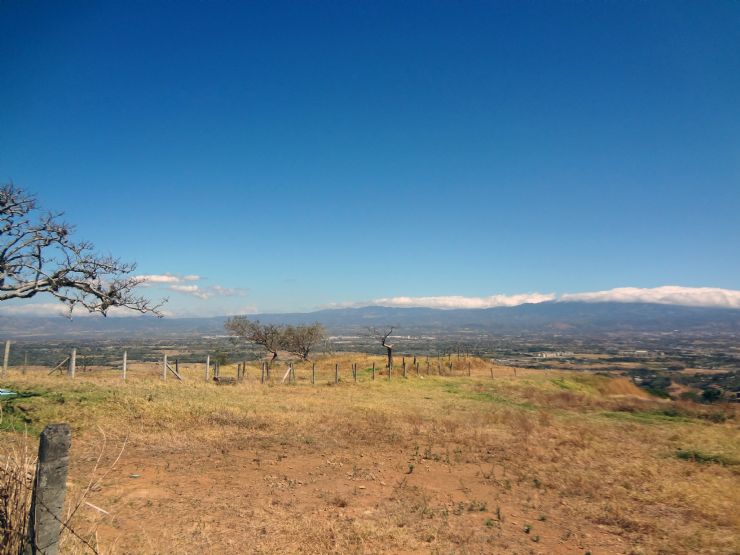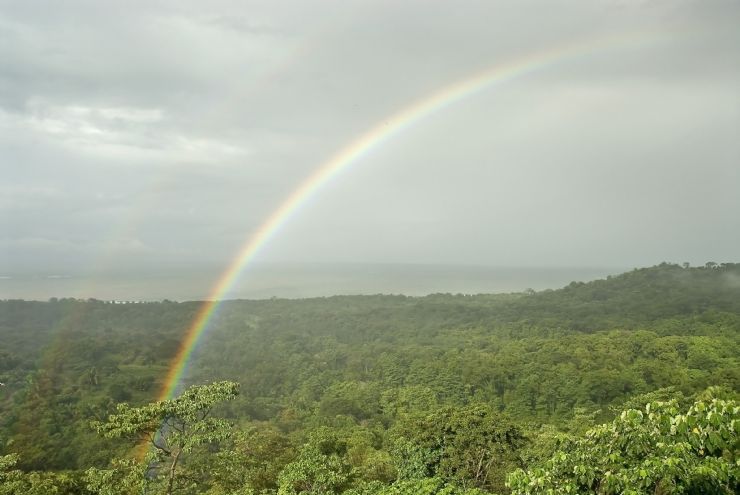
Driving to Guanacaste National Park
El Niño is a weather event that is associated with severe climate changes – causing either extreme drought or heavy rainfall, depending on which ocean side you are on. El Niño can trigger droughts and heat waves in parts of Costa Rica, as the ocean temperatures in the Pacific Ocean can become unusually warm.
Effects on Quality of Life in Costa Rica
An El Niño weather event can have some pretty negative effects on the quality of life in Costa Rica. First, it is important that a drought receive enough attention, so that residents know to try to conserve water and ration electricity. Until experts start warning affected regions, residents could feel frustration.
Without the standard rainfall – El Niño could cause rainfall to fall below 2% of monthly averages – crops begin to dry up and are not harvestable, and cattle begin to die. The drought effects more than just crop farmers and ranchers, though, it also takes a toll on fish farming also. These agricultural shifts can cause food shortages. Furthermore, the drought can impact the economy via a rise in production costs because more resources are needed to sustain livestock and crops.
Droughts bring more bad news too, in the form of fire. Large land fires are not a normal part of life in Costa Rica but when a drought hits not only is the land dry, and getting drier, but the temperatures are also higher than usual.

Ranch in Filadelfia Guanacaste
7 Days / 6 Nights
Starting at $779 per person
Effects on Tourism in Costa Rica
So, if it isn’t raining in rainy season, what does that mean for tourism? Well, there are actually some pros and cons to this situation. Falling under the pros is the fact that the drier weather means that tourists will have more access to outdoor activities. Some tour operators may be able to make more money than they normally do in the rainy season. Tourists may visit places that they would normally avoid in rainy season, which can help that region’s economy.
Now for the cons…and there are a few of them. A national weather event like El Niño may deter some travelers from visiting the most-effected regions all together. If the shortage of water and food becomes an emergency situation, it will be a strain for Costa Rica to support its tourist population and its residents.
The other negative effect for tourism is that some of the activities that are most popular during rainy season might be a bust during the drought. The waterfalls will be smaller and less powerful, the water level in rivers will be lower so rafting might be less thrilling, and in general the lush greenery that is standard in areas like Guanacaste won’t be as prevalent.
Should You Travel to Costa Rica During El Niño?
As a tourist, you might be wondering if should you travel to Costa Rica during El Niño? The answer to that is “yes”. Most of the negatives above are extreme situations. Luckily the El Niño weather pattern runs only every 7 or so years and extreme El Niño's only happen once every 20 or 30 years. The currently forecast is about a 95% chance that El Niño will continue through the Northern Hemisphere winter 2015-16 and then it will gradually weaken through spring of 2016. So you might get lucky and see a rainbow!

Full Rainbow near Uvita

